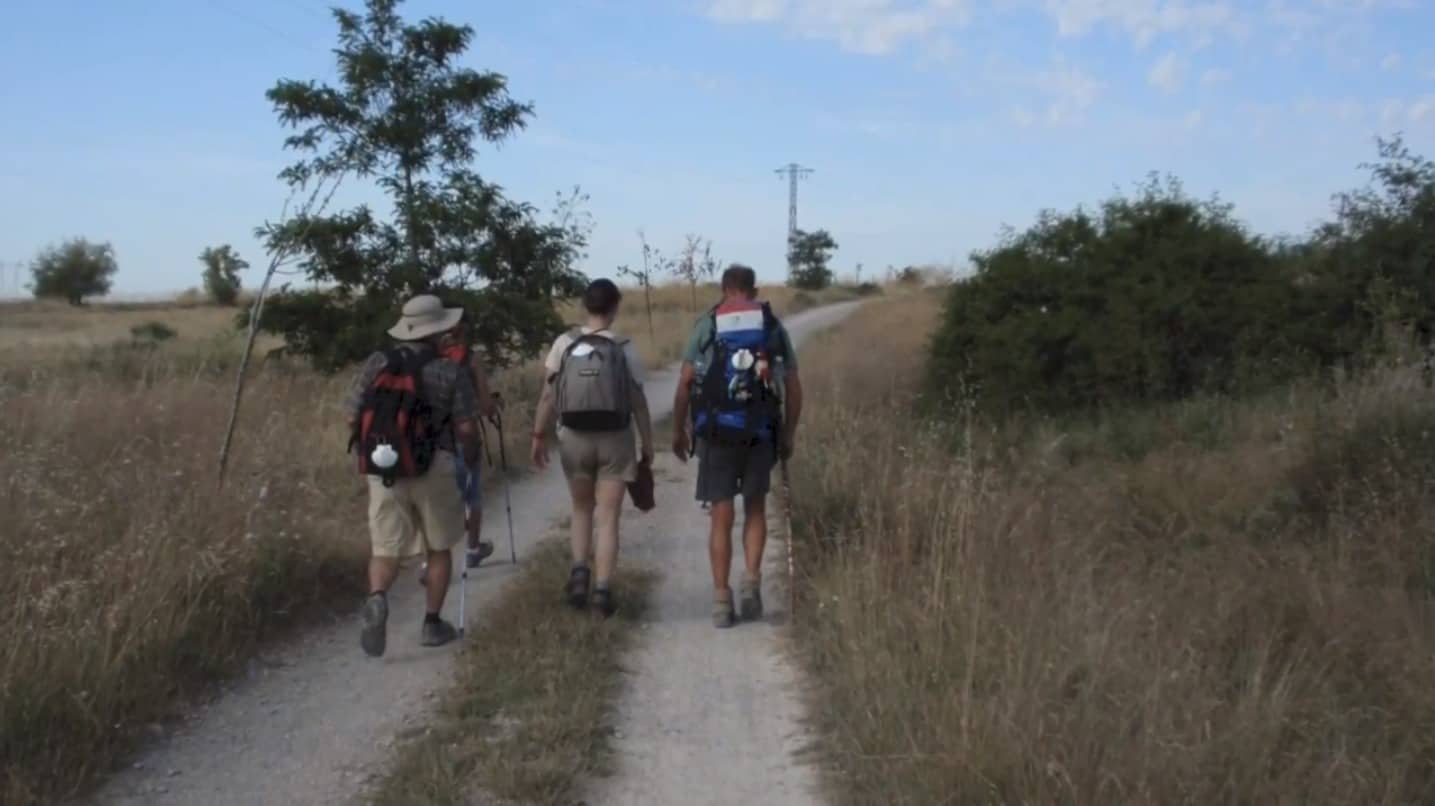Editors Note: This is the 2nd installment of our new summer series, Journey Moments. To learn more about the series and the stories we will be sharing throughout the summer please check out Journey Moments: An Introduction.
Seekers dominate the Western religious landscape. When asked about their views on spirituality, you’d probably hear them say something like this:
“I feel like the path that I’m on right now is getting me somewhere.”
“Sometimes I don’t know just where I’m headed, but every once in a while I get the sense that someone’s guiding me.”
Sound familiar?
These are folks who, when talking about their spiritual identities, don’t describe themselves as “having arrived” as much as “getting there.” They, like Walker Percy, recognize the search as elemental to who they are. They don’t feel quite right with describing thier spirituality or religion with words like mighty fortresses. Instead, they opt for the metaphor of quest.
Given this focus on quests and journey, it’s no surprise that a certain Christian pilgrim trail has gone from small town to world famous in the past thirty years. Spiritual seekers are literally taking their search to the road.
This thousand year pilgrim trail is known as the Camino de Santiago, or The Way of Saint James. Tradition has it that the remains of one of Jesus’ twelve disciples – St. James the Elder – are enshrined in the northwestern Spanish city that bears his name: Santiago de Compostela. (In case you’re wondering about how in the world the names “James” and “Santiago” could possibly be related, click here for ultimate etymology nerd-dom!)
Seekers are not a new species and neither is the Camino.1 Christians began to put foot to path on the Way of St. James over 1000 years ago. They went in search of peace, penance, and spiritual favor, likely enraptured by the tales that surrounded the Apostle. As with so much saint-stuff, the lore that envelops the Camino and its namesake rivals The Lord of the Rings for its imagery – the curious can inquire here.
Centuries passed, and small handfuls of pilgrims kept the tradition alive. Then, recently this millennium-old pilgrimage suddenly began to draw slews of walkers from every corner of the globe. Estimates suggest that the number of pilgrims who made the journey to Santiago in the 1980’s ranged between 2,000 and 5,000 annually; in the past ten years the numbers have skyrocketed into the hundreds of thousands per year. People are Camino crazy. It’s even spawned a feature film starring Martin Sheen and Emilio Estevez. And lest we think that the Way of St. James is exclusively for energetic Christians, we’d do well to note that these days, all strokes of spiritual, religious, and (!) atheist pilgrims are following the telltale shells and arrows that mark the paths toward Compostela.
It doesn’t take a Sherlock to see that, when it comes to the Camino, something’s afoot.2 As part of our Journey Moments series, we’ll put the mic in front of a few folks who have borne the blisters and walked The Way themselves. You can listen to Kristy and enjoy some of the breathtaking vistas of the Camino below.
Kristy Calaway is a 27-year-old Catholic and a native Ohioan. She took to the Camino last summer, just before she began her final year of theological studies in Berkeley, CA. Her purpose for walking to Santiago, she said, was formative – she needed to know more about where she stood in relation to God and the Catholic Church, and the Camino offered her an enticing chance to launch her search. This week she shares her journey – and her discoveries – with us.
— — — — —
- According to experts who suggest that the pilgrim trail to Santiago has pre-Christian origins. Long before Christ was born, they claim, pilgrims made their way over hundreds of miles to a cape on the Galician coast which was rumored to be the westernmost point in Europe. Still today, the cape bears the name Finisterre, or Fisterra: the end of the world. ↩
- Ten bucks says this is the sound in your head right now ↩



